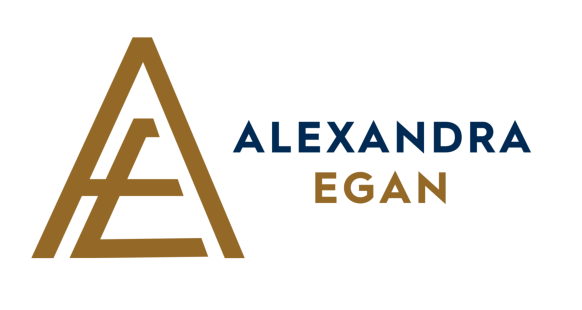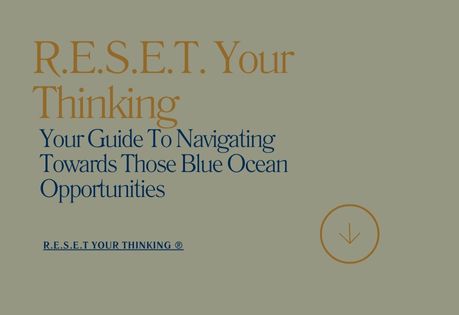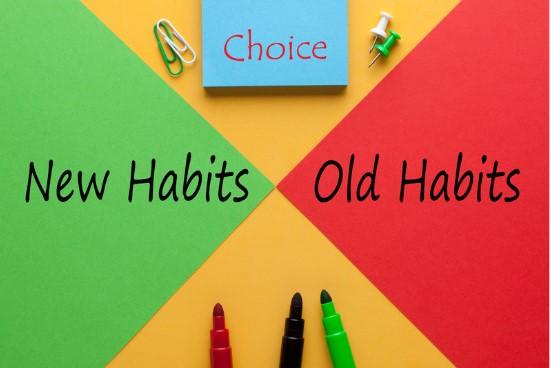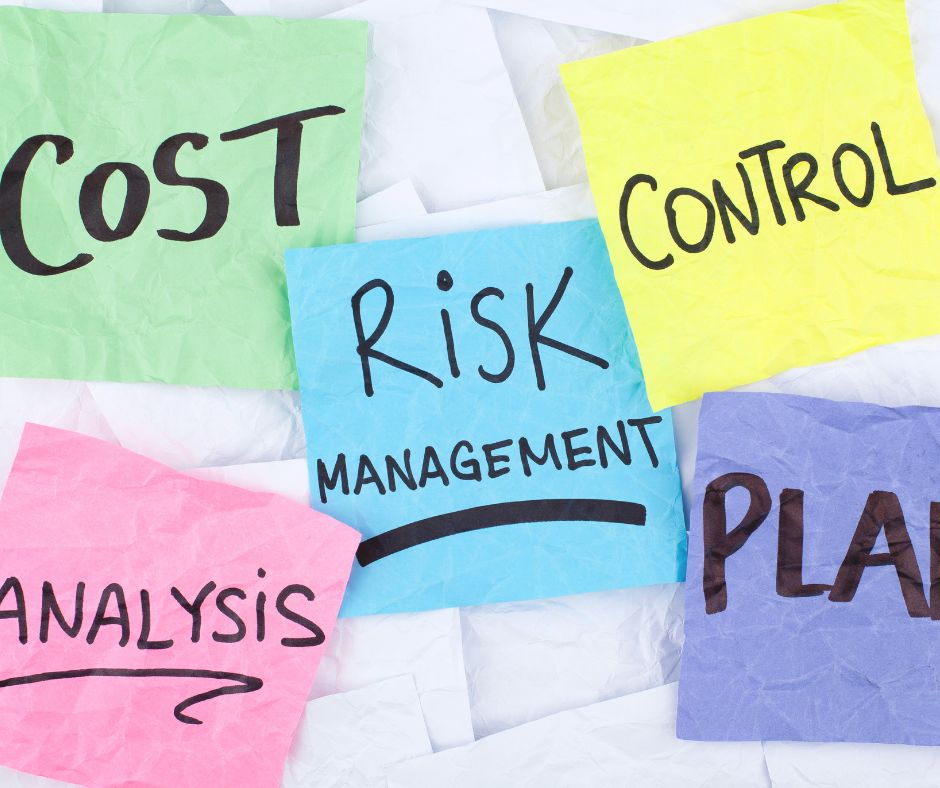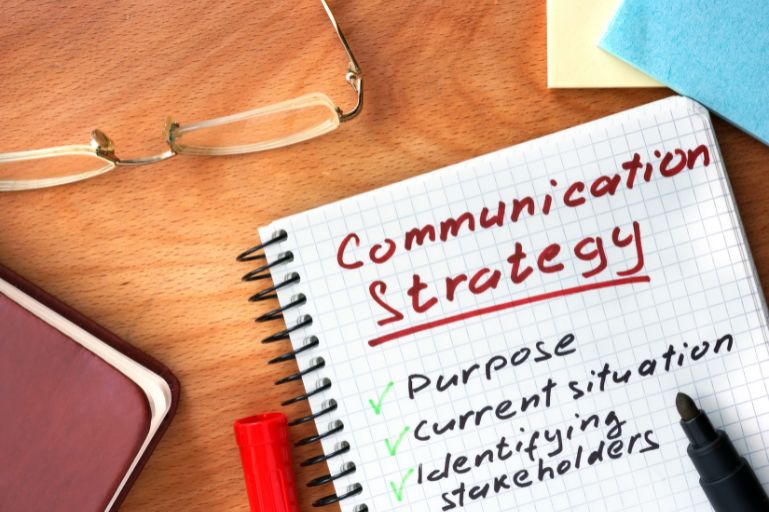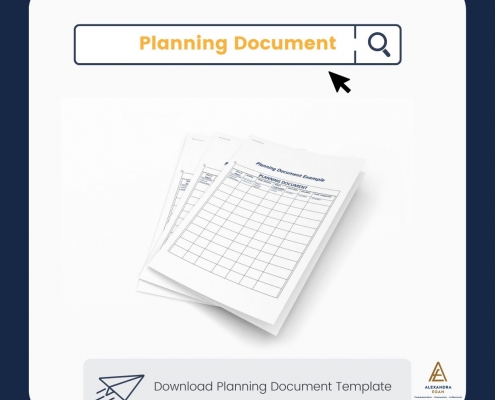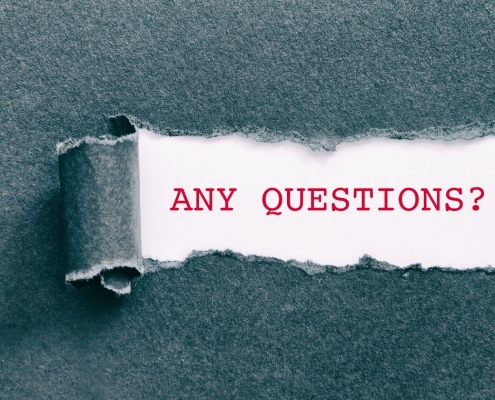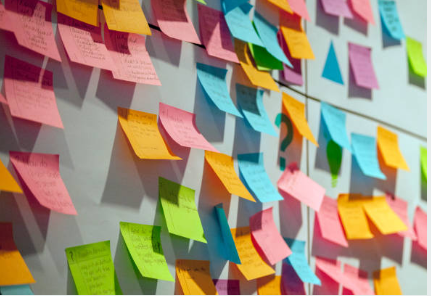
How To Handle Difficult Questions.
Ah yes, the firing line. We’ve all been there right? You’re in the middle of delivering a presentation – so far so good – things are going along smoothly, and then there it is… you get asked a question that you have no idea how to answer, it almost feels like your whole world has just come crashing down.
I know exactly how you feel. I delivered a presentation yesterday and I got asked a doozy, Handling those difficult, curly questions can be quite the task, but they can also be quite the opportunity.
So, what do you do?
1. TAKE THE QUESTION
Listen to understand. Listen out for key words. Once the person finishes asking the question, thank them for asking. eg. ”That’s a great question, thanks for asking…” If you’re in the position to do so, write it down. Chances are if one person has asked the question, others may have similar questions.
2. IDENTIFY WHAT’S MISSING
In the question identify what is missing, what are they thinking that makes the question possible. Do this from the standpoint of:
a. Content, and
b. Context, Process, and Structure.
3. STRUCTURE THE ANSWER
Based on seeing the question from their point of view, develop the answer. If you don’t know the answer, that’s ok. Let them know that you don’t know and ask an inductive question to gain clarity and understanding. Then let them know you’ll follow it up and get back to them with an answer. Give a time frame.
4. IF YOU KNOW THE ANSWER, GIVE THE ANSWER
Thank them for asking and give the answer.
5. CALIBRATE RESPONSE
Notice once you give the answer, what is the individuals’ and/or the audiences’ response?
a. Remain in up-time, and
b. Expanded awareness, and
c. Notice the physiological shift
If no response, or you get a negative response, then ask another question. Asking great questions, inductive questions is important.
People ask questions because of the lack of clarity. When we ask great questions as the answer, this then allows room for exploration, clarity and understanding. It eliminates assumptions, conflict, misunderstandings. In fact, it puts everyone on the same page and on the right track.
6. ASK THEM IF THEIR QUESTION WAS ANSWERED
Find out if their question has been answered. If no response or negative response, then go back to #5.
———————————————————————————————————————
Most questions are requests for something and people generally ask them for a good reason.
Questions can be used as so much more though. Asking questions as the answer is a great way to restructure people’s thinking and therefore their experience.
When we ask a question, we usually use an interrogative pronoun. This pronoun is a great tip-off for what is underlying the question.
For example if someone asks:
What? This means they’re asking for more information.
- There’s a gap somewhere
- They may not know how to proceed
- They may need to explore the purpose / vision even more
Where? This means they want more content.
- The big picture might be missing
When? This means more temporal context is needed.
- Means big picture or schedule is missing
How? This generally means they’re not sure how to proceed / what are the steps
- They want a procedure/structure
Why? Motivating factors
- What’s in it for them?
- Needs to know the value
- How does it relate to them personally
- May also need more how
Who? Not sure of who to reach out to, work with, resources, where it applies.
- May need more content
A good appreciation of your audience will help you predict any key questions and concerns they are likely to have.
And if you do get the occasional doozy, that difficult question, then reframe it, view it as an opportunity rather than a challenge and it’s a great way to prepare for the next presentation, leaving no room for ambiguity.
I trust this has been useful and that it brings some value and insights and maybe leads to some action and change around this topic for you.
